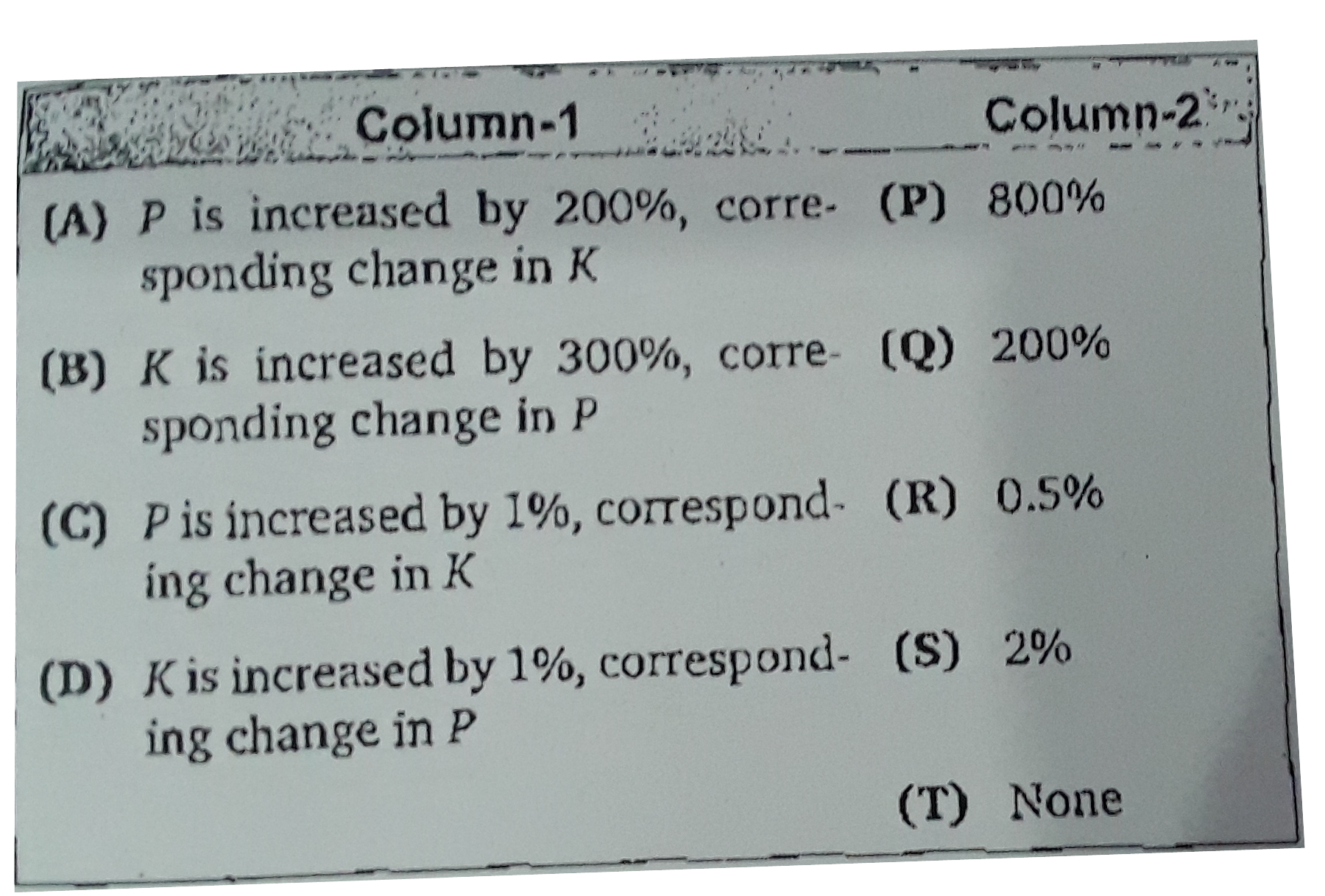A relativistic particle collides inelastically with an identical stationary particle. What are the internal and the kinetic energies of the resulting object? The kinetic energy of the particle before the collision is K=eφ where φ is the potential of the accelerating electric field. Do the calculations for protons with kinetic energies of 10 GeV and 76 GeV.
The correct Answer is:(1) 4.7 GeV , 7.2 GeV ; (2) 12. 1 GeV , 65.8 GeV
Applying the laws of conservation of momentum and of the total energy, we obtain
p.=p,ε.=ε+ε0
where ε=ε0+K=ε0+eφ is the total energy of the particle before the impact, p is its momentum, and ε. and p. are the total energy and momentum of the object formed after the inelastic collision. Eliminating the momentum p. using the relation ε.2=ε2.0+p.2c2 , we obtain for the internal energy of the object formed
ε.0=√2ε0(ε+εc)=√2ε0(2ε0+eφ)
The kinetic energy of the object formed
K.=ε.−ε.0=2ε0+eφ−√2ε0(2ε0+eφ)
For a proton (ε0=0.938GeV) with a kinetic energy of 10 GeV we obtain
ε.0=4.7GeV, K.=7.2 GeV
For a proton with a kinetic energy of 76 GeV we obtain the values
= 12.1 GeV, K.=65.8 GeV
Similar Questions
A nonrelativistic particle collides inelastically with an identical stationary particle. What is the kinetic energy of the body thus formed? What happened to the rest of the kinetic energy?
View SolutionA particle is projected at an angle θ from the horizontal with kinetic energy (T). What is the kinetic energy of the particle at the highest point ?
View Solution
Knowledge Check
A moving neutron collides with a stationary α - particle . The fraction of the kinetic energy lost by the neutron is
A1625B925C35D25A particle is projected at 60∘ to the horizontal with kinetic energy K. Its kinetic energy at the highest point is :
AKBzeroCK4DK2
A paricle is projected at an anged θ from the horizontal with kinetic energy (T). What is the kinetic energy of the particle at the highest point ?
View SolutionA particle is projected at 60∘ to the horizontal with kinetic energy K. Its kinetic energy at the highest point is :
View SolutionMatch the following: (P = momentum of particle, K = kinetic energy of particle)

View SolutionMatch the following: (P = momentum of particle, K = kinetic energy of particle)

View SolutionMatch the following: (P = momentum of particle, K = kinetic energy of particle)

View SolutionA particle performing SHM with amplitude 10cm. At What distance from mean position the kinetic energy of the particle is thrice of its potential energy ?
View Solution
